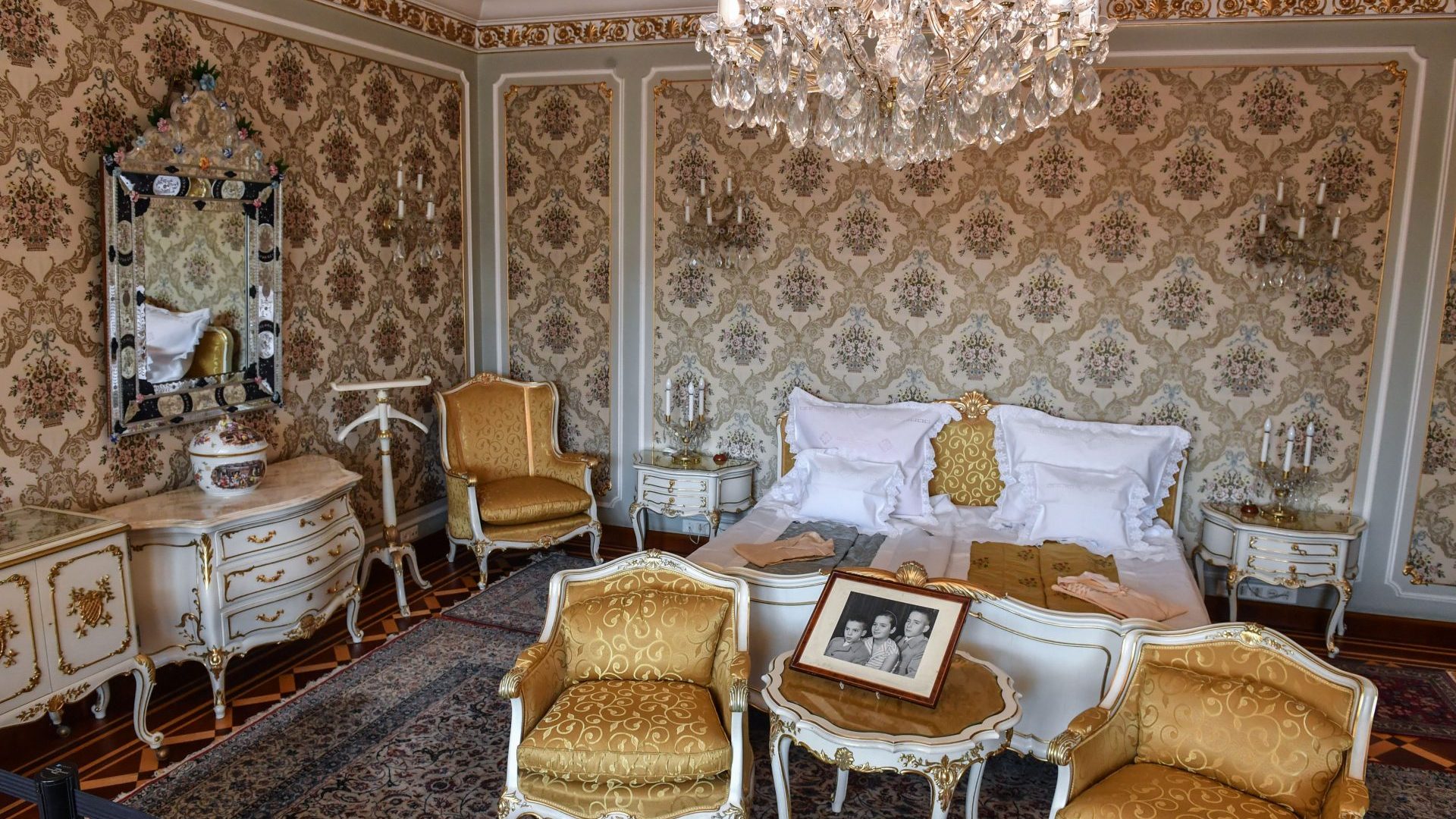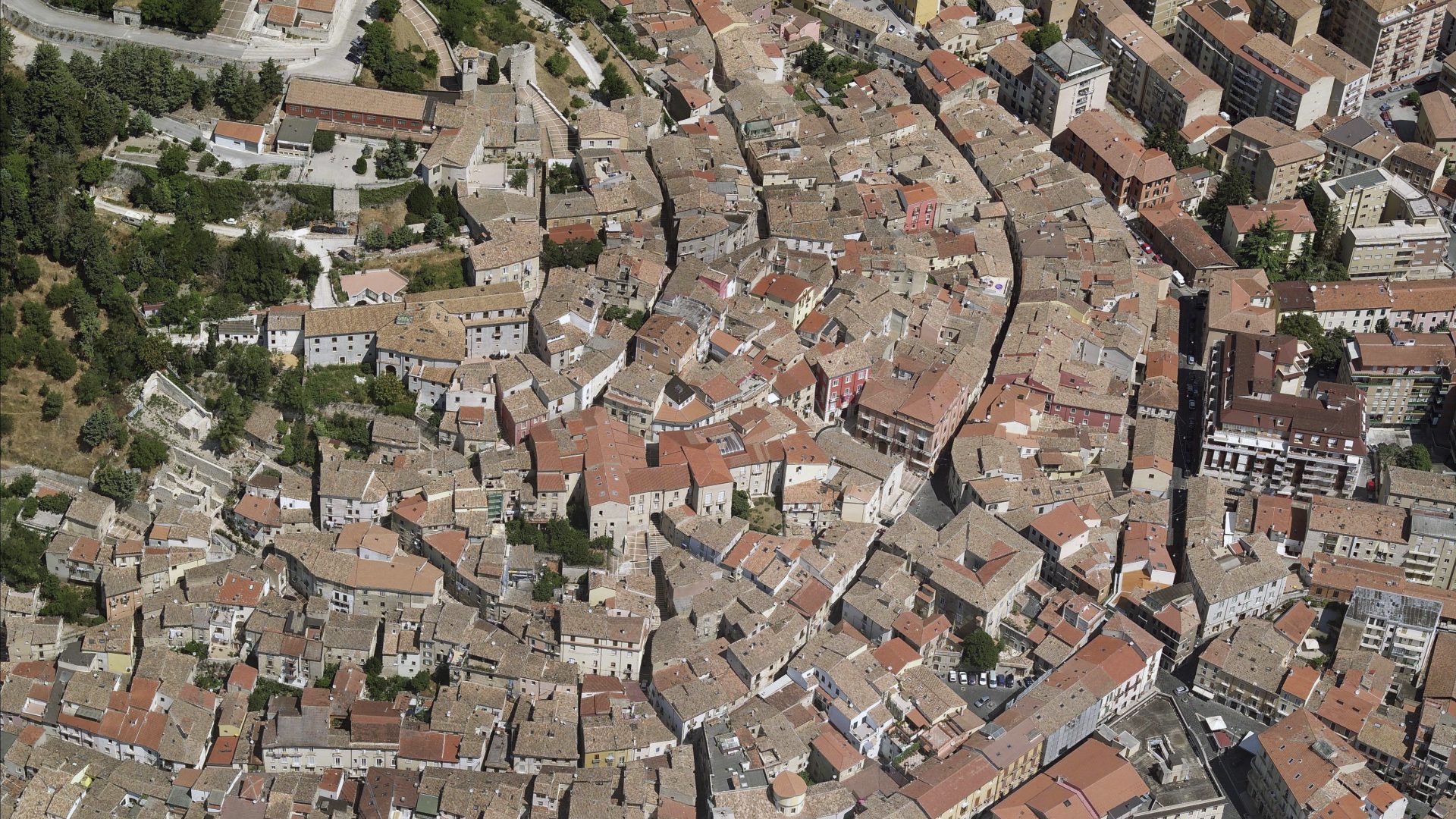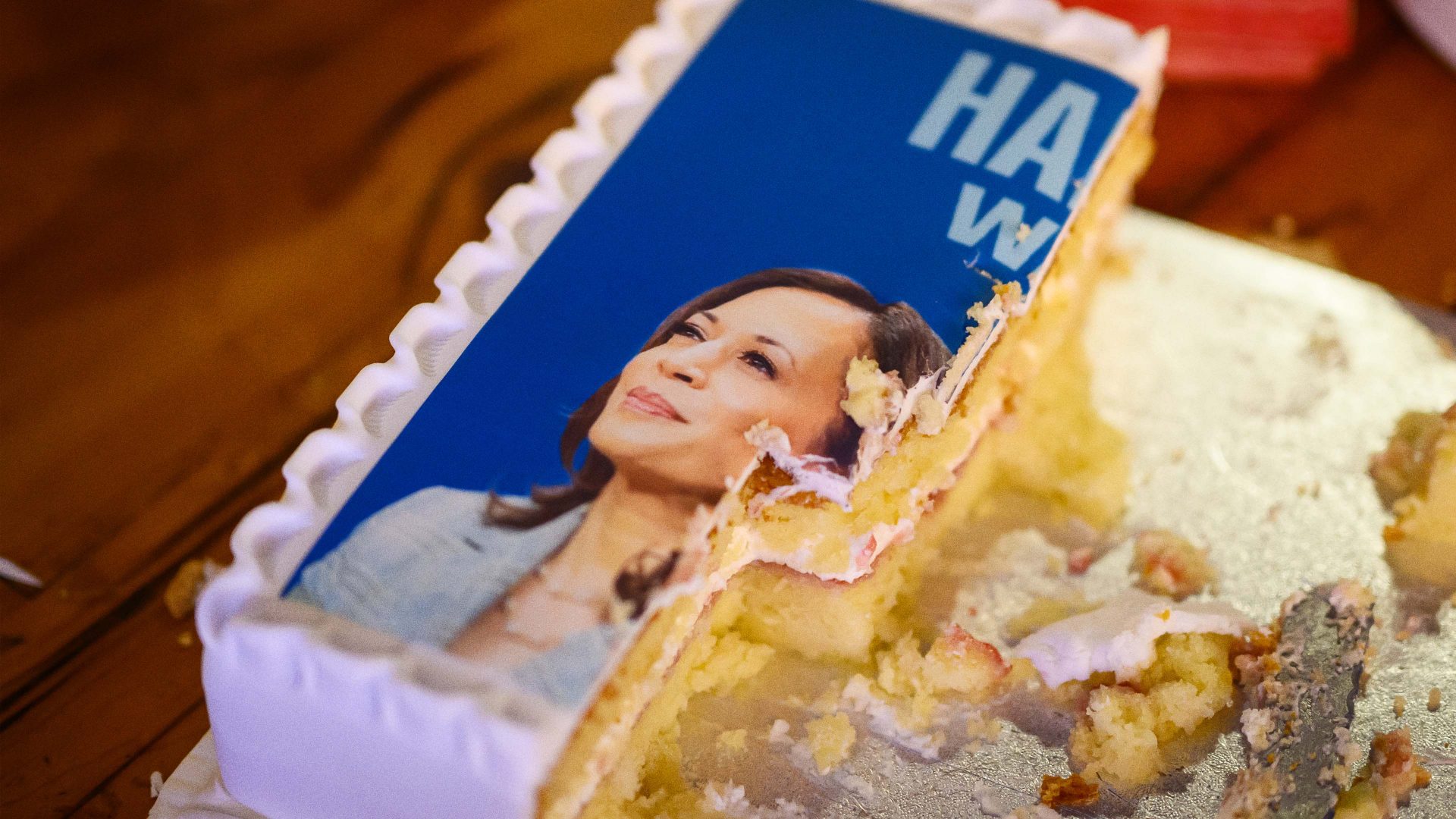The thing about totalitarian dictators is that one day you’re striking fear into the hearts of millions of people, and the next the spell is broken, and you’re up against the wall, facing the firing squad.
Certainly, Elena Ceauşescu – wife and acidic eminence grise of the Romanian communist ruler Nicolae – had some difficulty grasping how events were unfolding during the Christmas of 1989. It was their hitherto loyal getaway driver who had them locked in an office, mid-escape. Elena’s life was eventually snuffed out before she’d had a chance to wear many of the hundreds of outfits on display at the Spring Palace, the Ceauşescus’ opulent home of 24 years, in the leafy, lake-fringed northern Bucharest suburb of Primăverii. Nowadays it’s a museum.
For 65 Romanian lei (£11), and having first donned shoe-covers to protect the many sumptuous rugs, you can be bustled around the residence in 45 minutes by Mihaela, the English-speaking tour guide, whose somewhat affectless delivery undermines her occasional well-worn jokes.
Entering the downstairs salon complete with chess set (“the pawns represent Romanian peasantry”), we are told that Nicolae was reputed to be good at the game, “although no one had the courage to beat him!”
With “174 spaces and 20 rooms” to view – and absolutely no photography, by order of the Ministry of Tourism (Vive la révolution!) – our multinational tour group is forced to improvise a behavioural code: how many seconds is it proper to gawp into, say, the bathroom of youngest son Nicu (“decorated in the English style” and easily the drabbest room in the house) before vacating the tiny cordoned-off viewing space and moving on?
Being British, and steeped in queueing etiquette, I was soon stewing over the thoughtless malingerers.
Aside from rudimentary notes on the rooms’ stylistic inspiration – eldest son Valentin’s apartment drew on the Renaissance, mum and dad’s (aptly) on the Palace of Versailles, a patio on Fidel Castro’s villa – a key theme of Mihaela’s commentary was the various gifts the Ceauşescus received from world leaders. There was an electronic chess set from Gorbachev, paintings from de Gaulle, figurines from Mobuto Sese Seko, carpets from the Shah of Iran, and best of all a sofa for the two black labradors, Raven and Sharon, that Queen Elizabeth II had given them.
We learn that Richard Nixon’s was the only official state visit here; that Nicolae’s favourite dessert was tiramisu (until he became diabetic); and that the 1977 Philips colour television in the breakfast room was barely used, partly because Communist Romania’s state TV broadcast just two hours a day (its content no doubt already familiar to the president.
We do get to see umpteen rococo chairs, oriental vases, arabesque friezes, neo-classical mosaics and lavish tapestries, many with peacock motifs (of which Dr Freud would surely take note). We see the shared bedroom suite – “before you ask,” Mihaela deadpans, “yes, they did sleep together” – and the infamous bathroom of gold: Trump chic.
There’s a note of pride in Mihaela’s voice as she explains that the house contains “only 150 grams of the lowest quality, seven-carat gold” and that everything in it was “property of the state” and thus not spirited away (no mention is made of the £1bn they held in foreign bank accounts).
Herded breezily through the winter garden, spa with hair salon, and the swimming pool, the group was bundled out into the summer garden and the door shut tight behind us.
As the Romanian people once cornered the Ceauşescus, so the residential streets have encircled the Spring Palace. Outside, having shared a few surreptitiously taken photos, we exited on to a pokey boulevard. Once upon a time the view was over the grand King Michael I park. Now it is obscured by modern office buildings.
Scott Oliver is a freelance sport and culture writer based in Cyprus. His first book, Sticky Dogs and Stardust: When the Legends Played in the Leagues, is the winner of cricket’s prestigious Wisden Book of the Year prize for 2024



